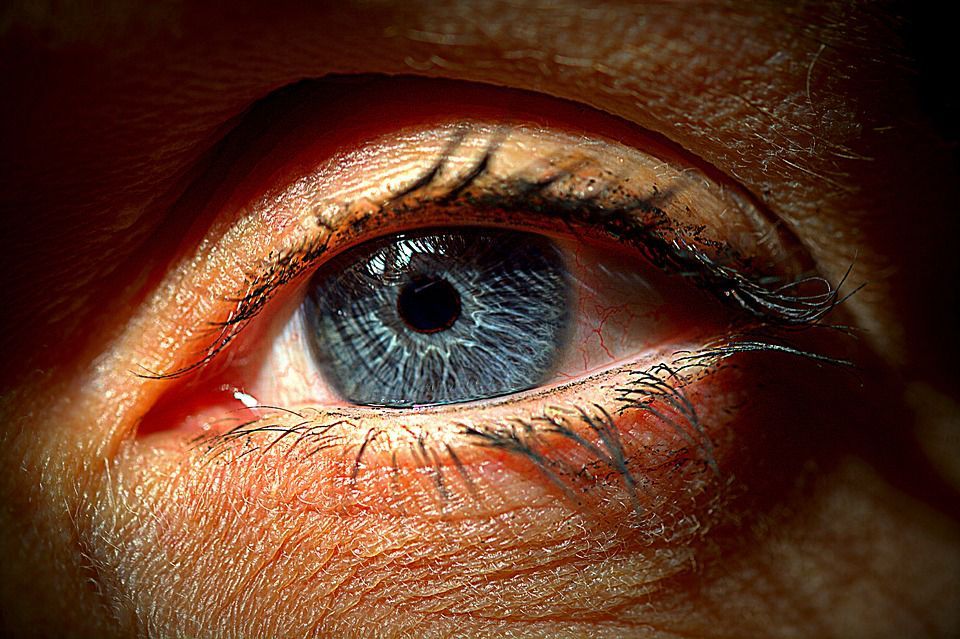Glaucoma: What Does It Feel Like?

Glaucoma is a disease that many people are aware of, but not many truly understand. There are two basic types of glaucoma: open-angle glaucoma and angle-closure glaucoma. Open-angle glaucoma is the most common type, and it is a disease that shows little-to-no symptoms until permanent vision loss occurs. Angle-closure glaucoma presents with eye pain, headaches, and seeing halos around lights.
Individuals with open-angle glaucoma experience glaucoma very differently than those with angle-closure glaucoma. Open-angle glaucoma patients very rarely experience any pain or discomfort from the disease itself. The only thing they usually notice is a loss of vision. Even this is not often noticed until advanced stages because the peripheral vision is what is typically lost first. However, pain and discomfort can often come with glaucoma treatments.
Glaucoma treatments are usually successful at slowing or stopping the vision loss, especially if glaucoma is detected early. Individuals who are at a high risk of glaucoma because of eye injuries, near-sightedness, or family history and those who are over 65 should have regular eye exams to check for glaucoma. The disease may not be easily recognized by the patient, but eye pressure tests and vision tests can detect it.
People who are on glaucoma medications may experience dry or itchy eyes, blurred vision, stinging, or burning. However, these medications, as well as procedures, can prevent permanent damage to the ocular nerve, which is what causes the loss of vision. When glaucoma is left untreated, it will typically lead to blindness over time.
There is no cure for glaucoma, so anyone who has it will have it for life. Any treatments will need to be continued, even if the person feels like there is no need for it.










